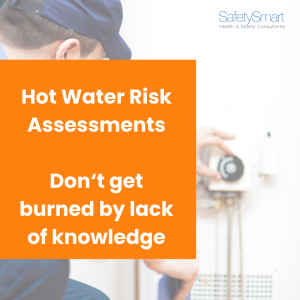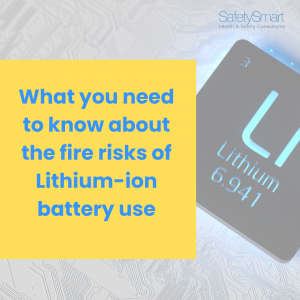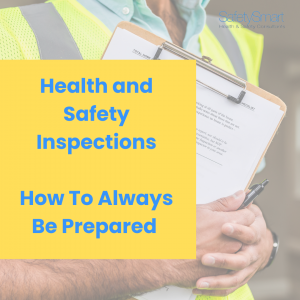Record £5 million fine for owners of Alton Towers
14th October 2016 Posted in Blogs

Summary:
• Two teenagers were left needing leg amputations, while several others were also seriously injured in the crash on 2 June 2015
• An investigation found human error caused the crash
• The crash equated to “a family car of 1.5 tons having collided at about 90mph”
• £5 million fine for Merlin Attractions
• Largest ever health and safety fine in the UK for a non-fatal accident
Background
• On 2 June 2015 four trains were operating on the ride and a fifth was stored away. There was a problem with one of the trains and technical staff were called. One of the engineers decided to add the fifth train because the park was busy and an empty test train was sent but failed. Engineers pushed the train until it engaged with the system. Another empty train was then sent out which also got stuck on a different part of the track, but engineers were unaware of this, thought everything was working fine and handed it back to operators.
• A train with 16 passengers on was sent out and stopped. The engineers looked but could not see the stalled car, they thought the computer was wrong, and over-rode the stop. This set the 16-passenger train in motion and into the empty carriage.
• The engineers were “without guidance from above”, and had not been given a system to follow to safely deal with the problem on the track.
• Mr Thorogood, prosecuting, said management had set targets for downtime on rides “with bonuses linked to achieving acceptably low levels”. One of the engineers “felt pressure” to get the ride “quickly back into service” shortly before the crash, the report said.
• Mr Antrobus defending said;
“It’s a good organisation that made a serious failure, but is one that is of otherwise good character.”
• When sentencing, HHJ Chambers QC dismissed Merlin Attractions Operations initial assertion that the crash was the result of “human error”. He described the causes of the accident as a “catastrophic failure to assess risk” by the company and referred to the “bonus culture” at the company having also played a significant role.
• He said that he accepted the HSE’s submissions regarding the bracket for the culpability of the company as being high and said that the company fell within the “large company” category as the turnover was £300 million. Therefore, the sentencing bracket for the fine fell in the region of £2million to £6 million.
Safety Smart Analysis:
• The general emerging trend in the size of fines is one of a significant increase since the new sentencing regime was introduced in February 2016. There have been over 10 cases where the fine has been in excess of £1 million.
• Perhaps most significantly though is the focus of the breach: there have been substantial increases in the number and severity of fines for incidents that caused little or no harm to workers, demonstrating a marked shift to a focus on a risk based approach to sentencing.
• This case marks the highest fine so far under the new guidelines.
Safety Smart Advice – Management of Corporate Risk:
The British Safety Council has commented that they hope that the publicity associated with this high profile case will assist in helping businesses understand the factors that they need to consider in order to “effectively manage health and safety and risk in their organisations”.
Safety Smart would endorse this comment and add that when considering the management of corporate risk, the starting point should always be consideration of the following issues:
• A Thorough Crisis Management Strategy Should a serious or fatal accident occur at a client’s site, crisis management strategies need to be robust enough to maintain confidence in order to move back to business as usual.
Safety Smart are experienced in helping our clients to ensure that an extensive and effective crisis management strategy is in place.
• Awareness of Corporate and Individual Responsibilities There is a continued need to ensure individuals are aware of their legal duties at director and board level, i.e. both individually and as a key element of organisational compliance.
• Taking Ownership of Risk Through a Risk Management System Changes from the OHSAS 18001 management standard to ISO 45001 require boards to take ownership of the risk management system, rather than delegating responsibility for risk management.
Resource Hub

Smart Resource: Hot Water Risk Assessments

Smart Resource: What you need to know about the fire risks of Lithium-ion battery use

Smart Resource: How to always be prepared for H&S Inspections

Smart Resource: UK School Closures What you need to know
Request A Call!
Want a free no-obligation consultation? Fill in the form below and we'll give you a call!